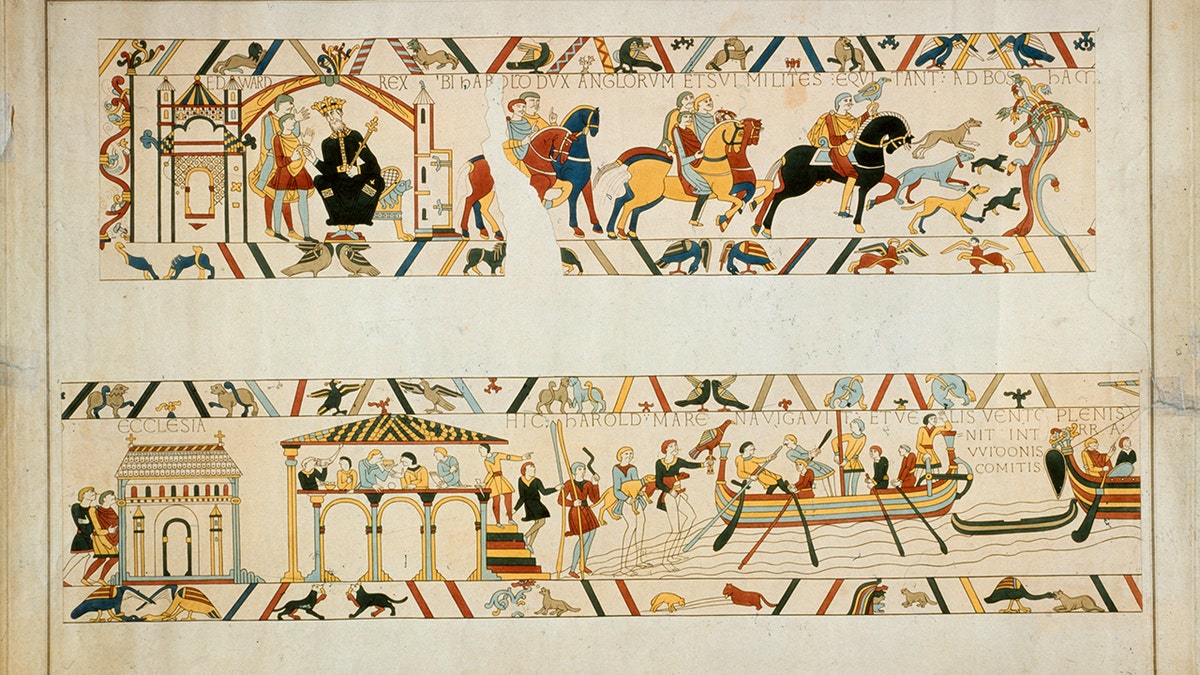The long-lost residence of King Harold II, the last Anglo-Saxon king of England, has been discovered in Bosham, West Sussex, thanks to an unlikely source: an 11th-century toilet. Newcastle University researchers announced the exciting find, linking the site to depictions of Harold's home in the Bayeux Tapestry.

The tapestry portrays Bosham as a significant location where Harold feasted before embarking for France and upon his return. While a private residence in the village had been suspected as the possible site, its exact location remained unconfirmed until now.

Through geophysical surveys, map analysis, and historical records, researchers gained new insights into the site, which was initially excavated in 2006. The presence of a latrine within a large timber structure strongly suggests the building belonged to a high-ranking individual. During the 10th century in England, integrating toilets into high-status homes became a common practice. This discovery, combined with other evidence, led researchers to believe they had located Harold's private estate.

Dr. Duncan Wright of Newcastle University expressed certainty that the site is indeed Harold's Bosham residence. The discovery of the 'Anglo-Saxon en-suite' confirms the existence of an elite residence pre-dating the Norman Conquest. Professor Oliver Creighton of the University of Exeter added that the find is particularly significant because it offers a glimpse into the physical remains of the English aristocracy before the Norman takeover.

This discovery comes on the heels of other recent archaeological finds in England, including a treasure trove of over 300 coins dating back to the mid-11th century.
Comments(0)
Top Comments